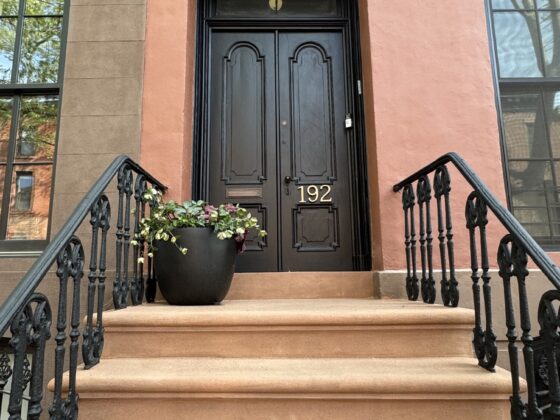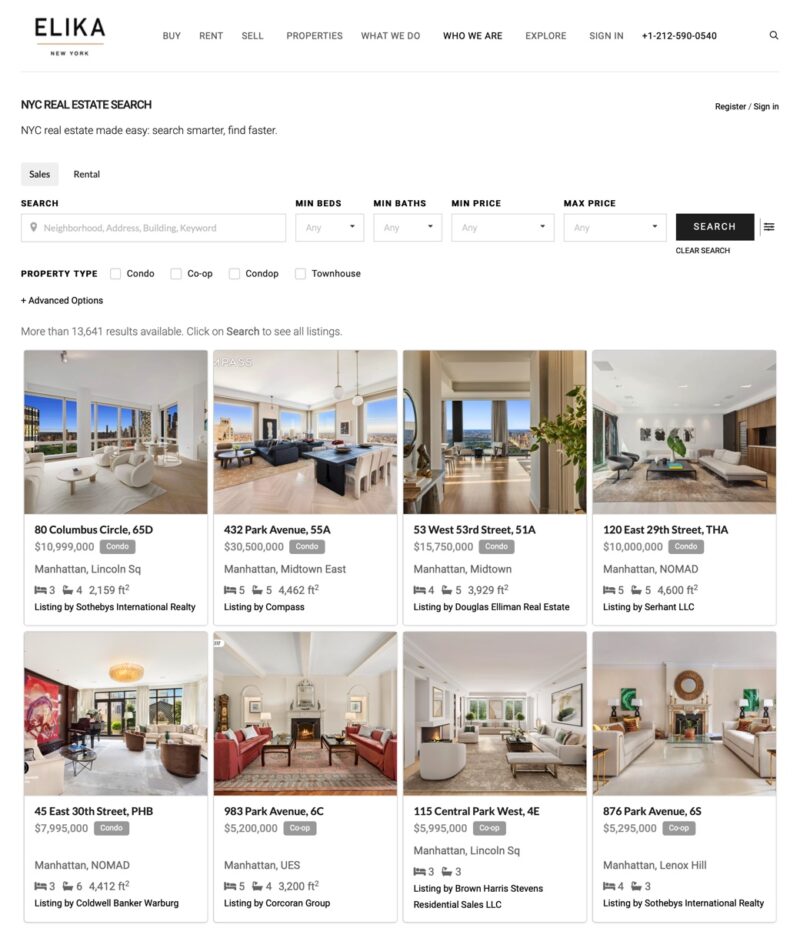Table of Contents Show
New York City is renowned for its expensive and competitive real estate market. This dynamic market is significantly influenced by the interplay of supply and demand, which dictates property prices, investment opportunities, and the overall health of the real estate sector. This article will explore how supply and demand dynamics impact the New York City real estate market and the factors driving this ever-evolving equation.
The Supply Side of NYC Real EstateThe Supply Side of NYC Real Estate
Housing InventoryHousing Inventory
One of the primary supply drivers in NYC’s real estate market is the availability of housing inventory. The city’s diverse neighborhoods comprise various property types, including apartments, townhouses, and condominiums. The level of available inventory can vary significantly from one neighborhood to another.
In Manhattan, for example, inventory tends to be relatively limited due to the high demand for properties in this iconic borough. Luxury apartments and co-op units are often in short supply, driving prices to some of the highest in the world. In contrast, outer boroughs like Queens and Brooklyn may have more available housing stock, particularly for rental properties.
New ConstructionNew Construction
New construction projects play a significant role in increasing the housing supply. NYC experiences a continuous influx of new developments, including luxury skyscrapers, mixed-use complexes, and affordable housing initiatives. These projects add to the housing stock, shape the city’s skyline, and redefine neighborhoods.
Luxury high-rise buildings like One57 and Central Park Tower are prime examples of new construction projects contributing to the city’s housing supply. They cater to high-net-worth individuals seeking exclusive living experiences in the heart of Manhattan.
Regulatory FactorsRegulatory Factors
Regulatory factors, such as zoning laws, building codes, and land use policies, substantially impact real estate supply. NYC’s zoning regulations, in particular, can limit the height and density of buildings, affecting the number of units that can be constructed in a given area.
Zoning regulations have led to the creation of distinct neighborhood character across the city. For instance, strict zoning codes in historic districts like Greenwich Village help preserve the neighborhood’s architectural integrity and limit new construction, leading to a stable housing supply.
The Demand Side of NYC Real EstateThe Demand Side of NYC Real Estate
Population GrowthPopulation Growth
New York City’s status as a global economic and cultural hub continually attracts a diverse and growing population. People worldwide come to the city for employment opportunities, education, and lifestyle advantages. This population growth fuels the demand for housing across the five boroughs.
The influx of domestic and international residents has led to a consistently high demand for housing. This demand extends across various segments, from young professionals seeking apartments to families looking for homes with more space.
Economic FactorsEconomic Factors
The health of NYC’s job market and the broader national and global economies significantly impact real estate demand. A strong job market and high-income levels among residents contribute to a robust demand for rental and ownership properties.
The city’s diverse economy, with its financial, tech, healthcare, and creative sectors, provides many employment opportunities. As a result, NYC has consistently attracted talent worldwide, driving up housing demand.
Investor ActivityInvestor Activity
Domestic and international investors notably influence the NYC real estate market. They seek properties with potential for capital appreciation, rental income, and portfolio diversification. Foreign investors, in particular, view NYC real estate as a haven for their capital.
International investors often gravitate towards luxury condominiums in Manhattan, considering them safe investments with the potential for long-term gains. These investors contribute to the demand for high-end properties and influence pricing trends in the luxury segment.
The Price Dynamics: Supply Meets DemandThe Price Dynamics: Supply Meets Demand
The pricing of NYC real estate directly results from the interaction between supply and demand dynamics. Property prices rise when demand exceeds supply, creating a seller’s market. Conversely, when supply outpaces demand, property prices can stabilize or even decline, shifting the market in favor of buyers.
Seller’s MarketSeller’s Market
Property prices tend to soar in a seller’s market, where demand outstrips supply. This scenario is common in desirable neighborhoods with limited inventory. Bidding wars among buyers can drive prices even higher, making it a competitive environment for home seekers.
Iconic neighborhoods like the Upper East Side, West Village, and Tribeca often experience seller’s markets due to their prestige and limited availability of housing units. Buyers must act quickly and offer competitive bids to secure a property in these areas.
Buyer’s MarketBuyer’s Market
A buyer’s market occurs when there is an excess supply of properties, providing buyers with more choices and negotiation leverage. In such situations, sellers may need to adjust their pricing strategies to attract buyers, leading to potential price reductions.
While buyer’s markets are less common in NYC, they can emerge in response to economic downturns or significant shifts in market dynamics. During these periods, buyers can negotiate more favorable terms and potentially find properties at a lower cost.
Factors Affecting NYC Real Estate PricesFactors Affecting NYC Real Estate Prices
Several other factors can influence property prices in NYC, including:
Interest RatesInterest Rates
Mortgage interest rates have a significant impact on housing affordability. When interest rates are low, buyers have greater purchasing power, which can increase demand and prices.
For instance, during historically low interest rates, such as the one experienced in the aftermath of the 2008 financial crisis and the COVID-19 pandemic, buyers were incentivized to enter the market and secure favorable mortgage rates, driving up demand and prices.
Neighborhood TrendsNeighborhood Trends
The popularity and development trends in specific neighborhoods can also affect property values. Gentrification, infrastructure improvements, and the presence of amenities like parks and schools can boost property prices.
The transformation of neighborhoods like Williamsburg in Brooklyn and Long Island City in Queens from industrial areas to trendy residential communities demonstrates how neighborhood trends can impact property values.
Economic TrendsEconomic Trends
The overall economic health of NYC can impact real estate prices. Economic downturns can lead to decreased demand and lower costs, while economic growth can stimulate demand and drive prices higher.
The economic recovery following the 2008 financial crisis and the city’s tech and startup boom contributed to a prolonged period of rising property prices in certain parts of NYC.
Investor ActivityInvestor Activity
Investor sentiment and activity levels can create fluctuations in the market. Investors buying or selling in large numbers can influence pricing trends.
During periods of uncertainty, such as the one experienced during the COVID-19 pandemic, some investors sought to liquidate their holdings, leading to potential price adjustments in specific market segments.
Navigating NYC’s Real Estate MarketNavigating NYC’s Real Estate Market
New York City’s real estate market is a dynamic and complex ecosystem influenced by many factors, with supply and demand at the forefront. Understanding these dynamics is crucial for buyers, sellers, and investors looking to capitalize on opportunities.
In recent years, NYC has experienced a competitive market with high demand and limited supply in certain areas, driving property prices to record highs. As always, market conditions can change, and staying informed and adapting your strategy is essential.








